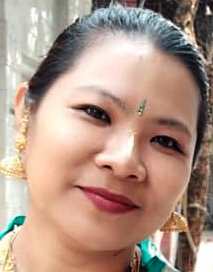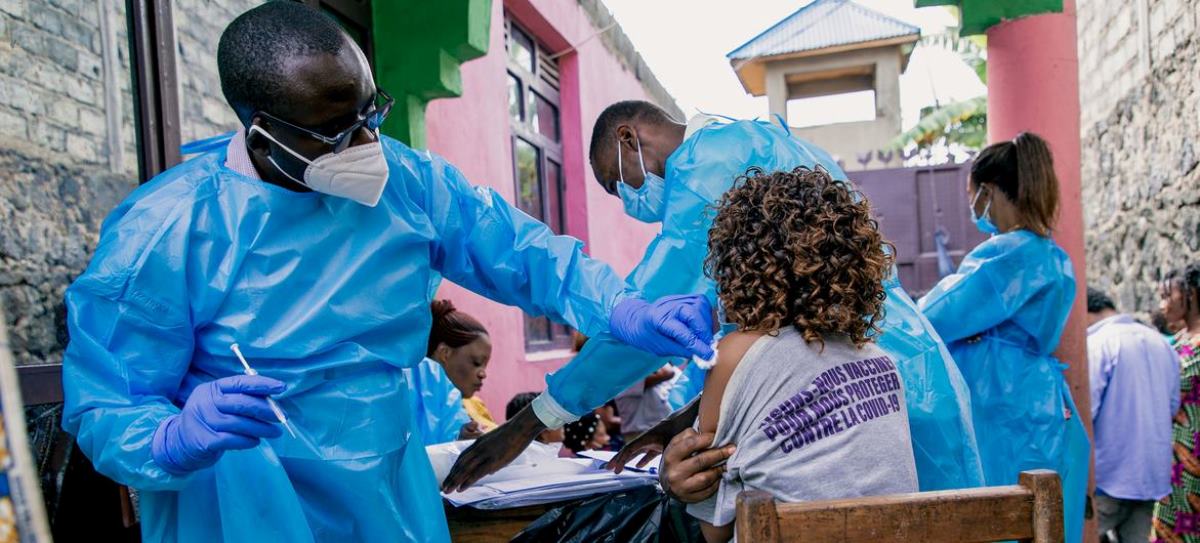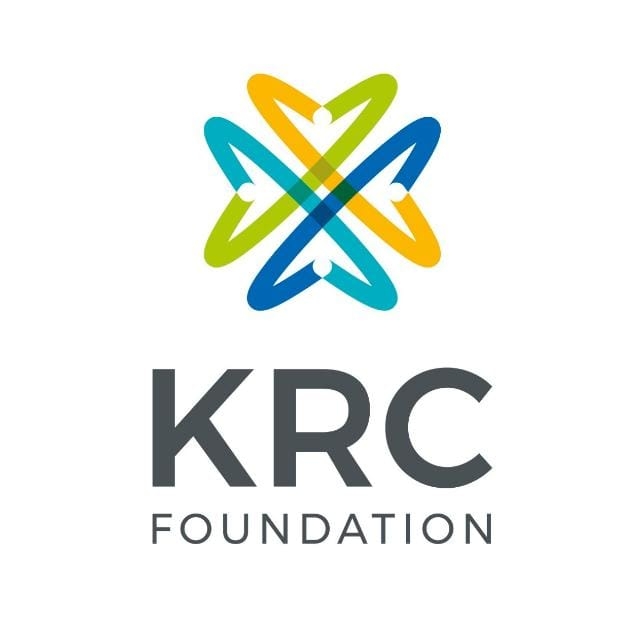World Health Day
 Mayanglambam Merina
Mayanglambam Merina

The Regional Institute of Medical Sciences, Imphal chose Kameng, 11km away from main city of Imphal to observe its World Health Day and Swachhta Pakhawada on Sunday.
The total geographical area of this lovely village is 767.53 hectares with a population of 974people. About 211 houses are presently settle in Kameng which is situated at Imphal West district.
It was organised under the supervision of Medical Superintendent Prof. Ch. Arunkumar Singh. It was conducted in collaboration with Kameng Maning Leikai Club, Kameng. As part of Swachhta Pakhwada, this was observed from 1st April to 15th April 2019 in the institute as per guidelines of the Ministry of Health and Family Welfare, Government of India.

Prof.Kh.Sulochana Devi of Department of Microbiology expressed her views on health and hygiene and how one can control from getting infections.
Further Sh. Lata who is the Nursing Superintendent spoke and demonstrated about accurate techniques of hand washing.
385 soaps and free medicines were also distributed amongst the people who visited the medical check-up.
The specialist doctors from Medicine, Surgery, Gynaecology, Dermatology, Paediatric, Orthopaedic, ENT and Dentistry were engaged during the program. A full equipped mobile dental van also cater its service the people .Nurses were seen involving with patient care services.
Principal of Dental College , Prof. Praveen Reddy, a senior faculty member, officials, nursing officials, staff and others were also a part of this health camp.

The Kameng village has profound historical importance and their identity is steeped in history. Historic records tell us that, Kameng was called ‘Suisa Kameng’, a place where Chinese (Khagi) war captives were made to settle by the Manipur King Khagemba (in 1520 AD).
Johnstone (My experience in Manipur and Naga hills. London, 1896 P. 80) said, “About the year 1520 AD a large Chinese force invaded the country and was signally defeated; all who were not killed were made prisoners. They introduced the Manipuri Silk culture, and a number of them were settled at Suisa Kameng (Kameng) in the valley, where they have still descendants. The Chinese also taught the art of brick making, and erected two solid blocks of masonry in the palace, between which the road to the Lion Gate passed. These blocks were levelled with the ground by the Burmese invaders, but it was rebuilt on the old foundations by Gambir Singh”. This indicates that they constructed Hogaibi Thong, an old gate of Kangla and Thong Numbonbi (the existing old bridge in Imphal bazar).






